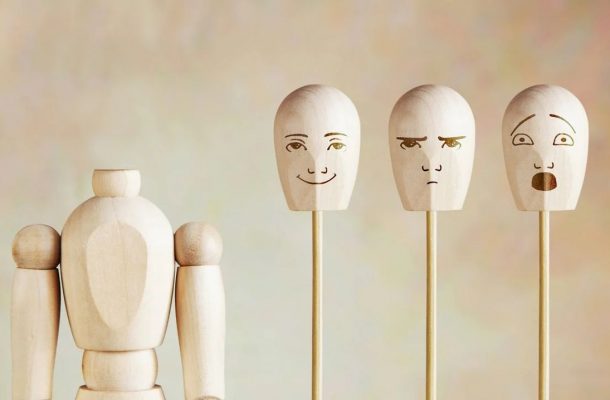Tales of the unexpected

No matter who you are or where you are, there’s no doubt that the COVID-19 pandemic has affected your life, and how you live it. Everyday decisions, from whether to stay home or not, to buy something or not, or to panic or not, may have suddenly become harder to make.
In unprecedented circumstances such as these, and in the absence of previous experience, reliable expectations to guide behaviour are hard to come by. Furthermore, the uncertain and unexpected evokes pronounced fear and stress.
Even routine or innocuous events are now more demanding on our emotional, cognitive and behavioural processes. We expend superfluous energy in trying to understand and cope with novel situations. A simple stroll down our favourite aisle of the supermarket is enough to reveal the extremity of society’s stress-related responses.
Why do we react this way?
Many of the conundrums we are experiencing on what to do can be traced to our reactions to the unexpected. Initially, unexpected or novel events evoke surprise. Surprise arouses strong engagement, alertness, and behavioural readiness – that is, the feeling of being ready and prepared to act.
Normally, engagement and behavioural readiness are the kinds of responses we need when we wish to put our plans into action. However, in the context of COVID-19, knowing which goal to approach, or what action to take, is quite a task. What we experience instead are conflicting intentions, volatility, hesitation, indecision, and confusion.

But that’s not all. Unexpected events arouse ambivalent, mixed or oscillating emotions that can be unsettling. Resolving these emotions involves having to decide on one particular course of action, and often this decision is determined by social norms, cultural rules, expectations or contextual influences, instead of best-practice guidelines and common sense.
To illustrate, despite being advised about the importance of social distancing, we’re more likely to look to what others are doing to understand what is acceptable, and to inform our own behaviour.
How can we address the manifestations of the unexpected?
To address the emotional, cognitive and behavioural manifestations of the unexpected context that is COVID-19, we need only turn our attention to one of the three at a time:
Harness your emotions
Recognise that mixed emotions aren’t a bad thing. Unbeknown to us, mixed emotions occur on a daily basis. States of nostalgia, hope, awe, and love all involve mixed emotions. When we’re hopeful, we’re harnessing positive emotion needed for goal pursuit, enabling us to achieve growth. We’re also harnessing negative emotion, enabling us to act with vigilance and caution as we move forward.
Finally, mixed emotions facilitate creativity and resilience. As such, many practitioners recommend accepting and embracing ambivalent emotions, for the benefits they ensue. At the same time, keep calm.
Calmness is the polar opposite to anxiety, and is associated with open-mindedness, flexibility in thinking, and resourcefulness – exactly what we need in a constantly changing and uncertain environment. Daily activities that elicit calmness, such as short mindfulness meditations, can help you gain control of your emotions so that they don’t control you.
Control your thoughts
Avoid picking a side, and being overly pessimistic or overly optimistic. Rather, brace for the worst. Bracing is a mechanism implemented to help you prepare emotionally for future events. Bracing involves withholding absolute judgement about what might happen in the future.
By bracing, we’re able to reflect on positive as well as negative possibilities, what these might look like, and how they make us feel. Entertaining a range of possibilities enables us to rehearse scenarios in our minds, how we may respond to them, confront emotions that are unexpected ahead of time, and start thinking of alternative courses of action in the event that things turn out bad.
Adopt helpful behaviours
Behaviour change, at the best of times, involves a commitment, and investment of mental resources. Be it social distancing or handwashing, people need to endorse positive attitudes towards the change in behaviour, they need to feel confident that the change is possible, and that the change will be worthwhile and lead to effective outcomes.
As such, the clearer and stronger the messages around what constitutes safe and risky behaviours, the more persuasive these messages are, and the greater the chances of behaviour change.
Finally, instead of leaving critical behaviour-change decisions to individuals, leaders need to normalise desired behaviour as early as possible to mitigate stress, which is otherwise good for nothing.
This article was published by Lens.
Filia Garivaldis is a Lecturer at the Monash Sustainable Development Institute. Her PhD explored people’s ability to self-regulate in the pursuit of personal goals and her research now focuses on individual differences in behavioural change.












